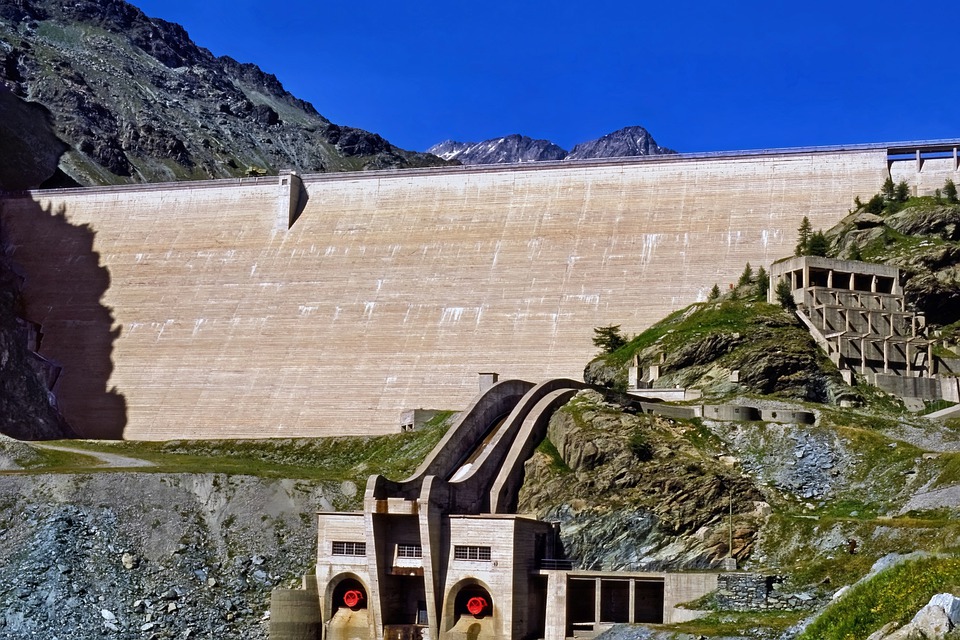[ad_1]
Unlocking the Potential of Geothermal Energy: Next-Gen Technologies and Advancements
Introduction:
As the world grapples with the challenges of climate change and the gradual depletion of fossil fuel reserves, there is an increasing need to explore alternative sources of clean and renewable energy. Among the various options available, geothermal energy has been gaining significant attention, offering a promising solution to meet our energy needs in an environmentally sustainable manner. In this article, we will delve into the next-generation technologies and advancements in geothermal energy and discuss how they can unlock its vast potential.
What is Geothermal Energy?
Geothermal energy is derived from the heat stored within the Earth. The temperature beneath the Earth’s surface increases with depth due to the Earth’s natural heat flux and radioactive decay. Harnessing this heat provides us with a reliable and virtually inexhaustible source of energy.
How Geothermal Energy is Generated:
Geothermal energy is generated by tapping into underground reservoirs of hot water or steam. This is typically done through drilling deep wells into the subsurface and using specialized equipment to extract the heat trapped within the reservoir. This heat is then converted into usable energy, such as electricity or heating and cooling systems.
Next-Gen Technologies and Advancements:
1. Enhanced Geothermal Systems (EGS):
Enhanced Geothermal Systems (EGS) technology is an emerging area of geothermal energy production. It involves creating artificial geothermal reservoirs by injecting water into hot, impermeable rocks to create a permeable network. This network of fractures allows for the circulation of water, which can then be extracted as steam to generate electricity. EGS has the potential to unlock vast geothermal energy resources that were previously untapped due to the lack of naturally occurring reservoirs.
2. Low-Temperature Geothermal Systems:
While traditional geothermal power plants require high-temperature resources, there is immense untapped potential in low-temperature geothermal systems. These systems operate at temperatures below 150 degrees Celsius and can be used for direct heating and cooling applications, such as district heating, industrial processes, and space heating. Advanced technologies like Organic Rankine Cycle (ORC) systems and heat pump technology are making low-temperature geothermal systems more efficient and cost-effective.
3. Closed-Loop Geothermal Systems:
Closed-loop geothermal systems, also known as ground-source heat pumps, utilize the relatively stable temperatures of the subsurface to provide heating and cooling for buildings. This technology involves circulating a fluid through a closed-loop system of pipes buried underground, exchanging heat with the surrounding soil or groundwater. Closed-loop geothermal systems are highly efficient, environmentally friendly, and can significantly reduce energy consumption and greenhouse gas emissions in buildings.
4. Geothermal Power Plants with Binary Cycle:
Binary geothermal power plants utilize the heat transfer from hot geothermal fluids to a secondary working fluid with a lower boiling point. This technology allows for the generation of electricity from geothermal resources with temperatures as low as 70 degrees Celsius. Binary cycle power plants have lower environmental impacts compared to traditional flash steam and dry steam plants, making them a viable option for exploiting low-temperature geothermal resources.
5. Direct Use Applications:
Direct use of geothermal energy refers to its utilization without converting it into electricity. This includes applications such as space heating, hot water production, greenhouse heating, and industrial processes. Advanced technologies and engineering practices are enabling efficient and cost-effective direct use of geothermal energy, making it a practical alternative to fossil fuels in specific applications.
FAQs:
Q1: Is geothermal energy renewable?
A1: Yes, geothermal energy is a renewable resource as it derives from the heat generated from the Earth’s core, which is virtually limitless on geological timescales.
Q2: What are the environmental benefits of geothermal energy?
A2: Geothermal energy is a clean and sustainable source of power. It produces minimal greenhouse gas emissions, contributes to reducing air pollution, and has a small environmental footprint compared to fossil fuel-based power plants.
Q3: Are geothermal power plants economically viable?
A3: Geothermal power plants have higher upfront costs compared to fossil fuel-based power plants. However, they have low operational costs due to the minimal fuel requirements and can be economically viable in areas with favorable geothermal resources.
Q4: Is geothermal energy available everywhere?
A4: Geothermal resources are geographically concentrated and limited to areas with specific geological conditions, such as tectonic plate boundaries and hotspots. However, low-temperature geothermal resources are more widespread and can be harnessed in various regions.
Q5: Can geothermal energy be used for large-scale electricity generation?
A5: Yes, geothermal energy can be utilized for large-scale electricity generation. However, the availability of high-temperature geothermal resources determines the feasibility of large-scale geothermal power plants.
Conclusion:
Geothermal energy has immense untapped potential that can play a significant role in transitioning to a more sustainable energy future. Next-gen technologies and advancements, such as enhanced geothermal systems, low-temperature systems, closed-loop systems, binary cycle power plants, and direct use applications, are paving the way for increased utilization of geothermal energy. With further research, development, and investment, geothermal energy can become a prominent source of clean, reliable, and renewable energy, driving us towards a greener and more sustainable planet.
[ad_2]



